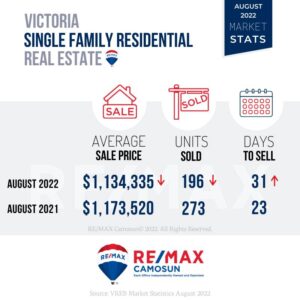The new tenant assistance policy adopted by Saanich, B.C., council to require property owners to provide help for renters being evicted during demolition or renovation of buildings may not necessarily lead to the development of new multifamily housing units. The policy requires property owners to offer relocation help and the right to a new suite at a discounted rate for all rezoning applications that result in the permanent displacement of five or more tenant households. While the policy aims to minimize the impact on renters and provide a lifeline for many who may not be able to continue living in the community, it may not encourage developers to build new multifamily housing.
Developers may be reluctant to build new multifamily housing for various reasons. First, the policy could increase the cost of development for developers who would have to provide relocation assistance and compensation for moving expenses, rent, and support for tenants needing additional help. This could lead to lower returns on investment, and some developers may opt to invest in other regions where such policies are not in place, or where they can easily recoup their investments.
Second, the policy could also discourage developers from building new multifamily housing units because of the right of first refusal for tenants to return to the new unit and expect to pay rent 20 per cent below the market rate at the time. This may not be attractive to developers who may prefer to rent out units at market rates to maximize their returns on investment.
Third, the policy could create uncertainty for developers, as they may not know whether their rezoning applications will result in the permanent displacement of five or more tenant households. This uncertainty could make developers hesitant to invest in the region, as they may be unsure of the potential financial implications of the policy.
Fourth, the policy may not address the underlying issue of housing affordability in the region. While the policy aims to minimize the impact on renters, it does not address the shortage of affordable housing units in the region. Developers may be hesitant to invest in the region because of the lack of demand for new housing units, especially if they cannot rent out units at market rates.
In conclusion, the new tenant assistance policy adopted by Saanich, B.C., council to require property owners to provide help for renters being evicted during demolition or renovation of buildings may not necessarily lead to the development of new multifamily housing units. While the policy aims to minimize the impact on renters, it may not encourage developers to build new multifamily housing because of the potential financial implications, uncertainty, and lack of demand for new affordable housing units. Therefore, it may be necessary for policymakers to consider other strategies to incentivize developers to build new housing units and address the underlying issue of housing affordability in the region.


